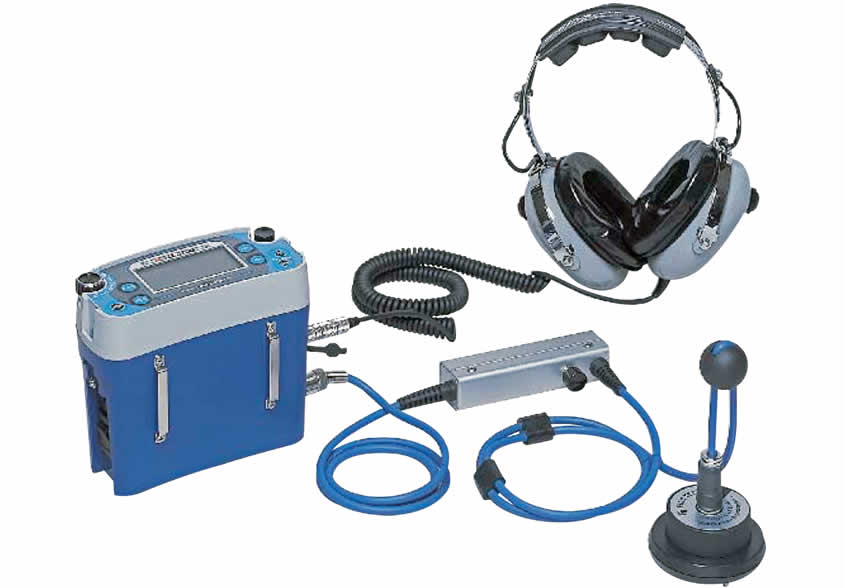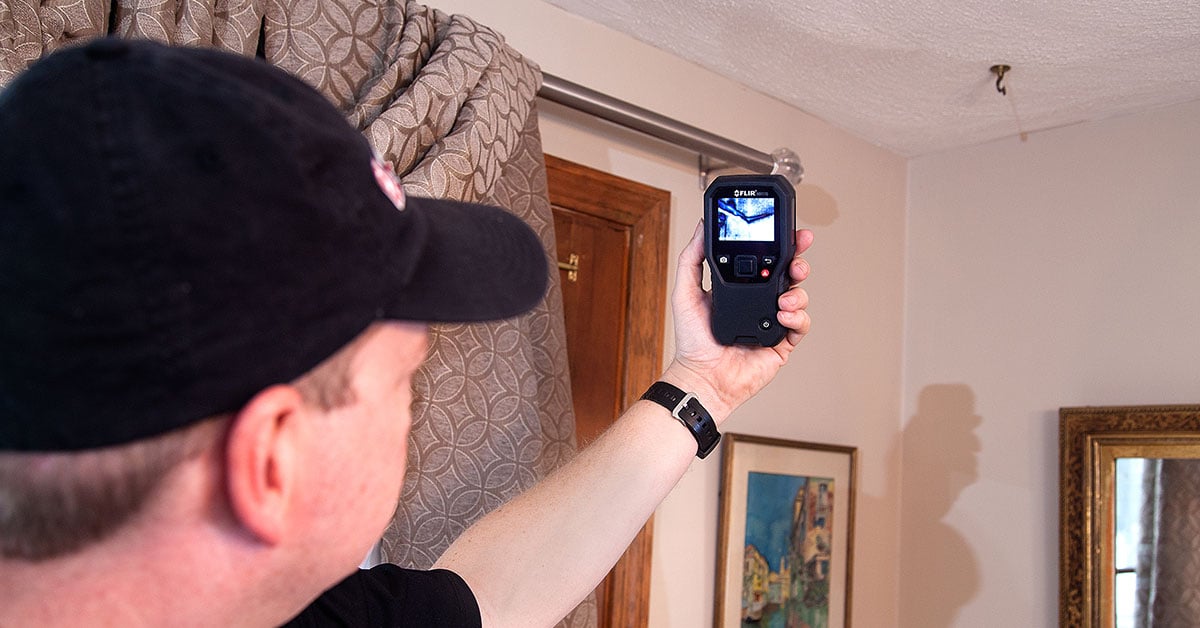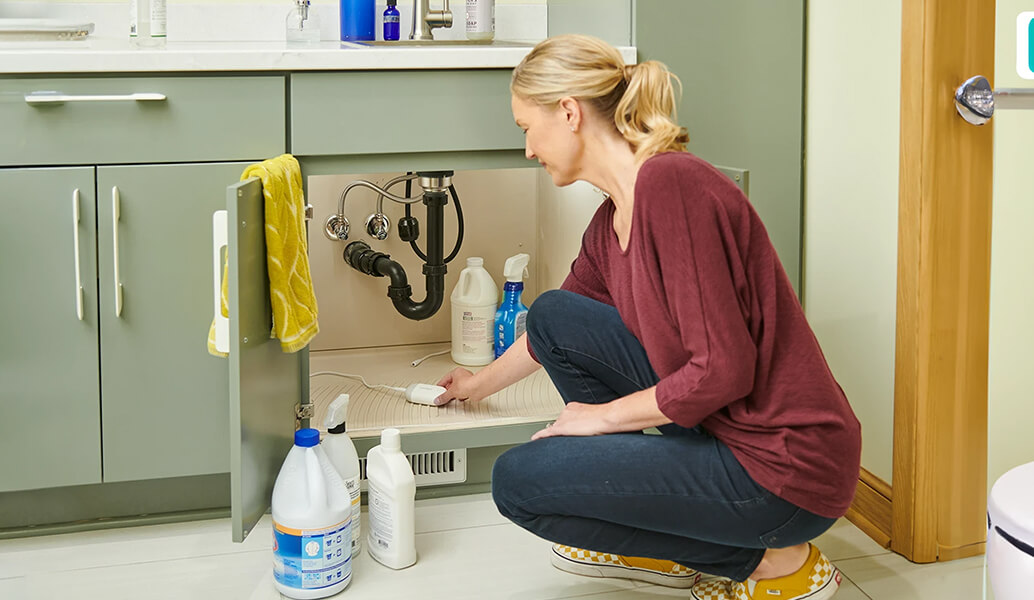Technologies for Precision Water Leakage Discovery in Numerous Settings
In the realm of water leak discovery, the development of innovation has substantially improved the precision and efficiency of recognizing possible leaks in diverse settings. From sophisticated sensor modern technologies to AI-enhanced water leakage detectors, the tools available today supply a vast range of solutions for discovering leaks with remarkable precision. As markets and homes alike grapple with the repercussions of water wastefulness, the pursuit for ingenious leak detection techniques has actually never been more crucial. In this discussion, we will certainly check out a few of the cutting-edge modern technologies that are changing the means we approach water leakage discovery, dropping light on their capabilities and possible ramifications for water preservation and infrastructure upkeep.
Advanced Sensor Technologies
Advanced sensing unit technologies play an essential function in boosting the precision and efficiency of water leakage discovery systems. By making use of cutting-edge sensing units, these systems can find also the smallest leakages in numerous environments, ranging from property buildings to big commercial facilities. The sensors made use of in contemporary leakage discovery systems are created to offer precise and real-time data, allowing for quick identification and localization of leakages prior to they intensify into costly problems.

Additionally, advanced sensing unit innovations allow water utilities and facility managers to implement anticipating upkeep methods, making sure that any type of possible leakages or failings are attended to before they cause disturbances - water leak detection. On the whole, the combination of sophisticated sensors in water leakage discovery systems represents a substantial innovation in securing water resources and maintaining reliable water circulation networks

IoT-Based Leak Detection Equipments
The advancement of water leakage discovery modern technologies has led to the emergence of IoT-based systems that transform the monitoring and management of water distribution networks. IoT-based leak discovery systems utilize interconnected sensors, meters, and data analytics to offer real-time insights into potential leakages or abnormalities within the network. These systems use a number of advantages over traditional methods, consisting of continual tracking, early leak discovery, and lowered action times.
Acoustic Leakage Detection Solutions
Acoustic leak discovery services use sound-based innovation to determine and identify water leaks within facilities systems. The sensors can separate between typical functional noises and those created by leaks, making it possible for accurate leakage discovery without intrusive procedures.
One key advantage of acoustic leak detection services is their non-intrusive nature, as they do not call for excavation or damages to the infrastructure for leak recognition. Acoustic technology enables for early leak detection, reducing water loss, avoiding potential damage, and decreasing repair work costs.
Thermal Imaging for Leak Detection
Utilizing thermal imaging technology boosts the accuracy and performance of water leakage detection processes by discovering temperature variants linked with leakages. Thermal imaging cams can determine differences in temperature that might suggest the existence of a leak, as water typically has a various thermal trademark than its environments. This modern technology permits for non-intrusive and fast detection of leakages in different atmospheres, including household, industrial, and industrial setups.
Among the main advantages of thermal imaging for leakage detection is its ability to determine the precise location of a leakage without the requirement for extensive expedition or excavation. By catching read the full info here thermal pictures of the area of passion, technicians can swiftly identify possible leak resources and take needed actions to resolve them quickly. In addition, thermal imaging can detect surprise leaks behind wall surfaces, ceilings, or floors, lowering the requirement for destructive and expensive methods to find and fix leaks.

AI-Enhanced Water Drip Detectors
Enhancing water leakage detection abilities through the integration of fabricated knowledge innovation has transformed the efficiency and accuracy of identifying leakages in different settings. AI-enhanced water leakage detectors take advantage of device finding out formulas to evaluate data and recognize patterns a sign of leaks. These innovative systems can process vast quantities of info in real-time, allowing for speedy detection and response to possible leaks.
AI-enhanced detectors can adjust and enhance their leakage discovery abilities over time as they collect much more information, eventually boosting their accuracy. By continually picking up from previous occurrences and refining their algorithms, these detectors can offer early cautions for potential leakages, reducing water damages and assisting in timely repair services.
Additionally, AI modern technology makes it possible for these detectors to separate in between actual leakages and false alarms extra efficiently, lowering unnecessary notifies and maximizing resource allowance (water leak pop over to these guys detection). The integration of expert system into water leak discovery systems represents a substantial development in minimizing water-related risks and improving total performance in leakage discovery refines across numerous atmospheres
Conclusion
To conclude, the technologies talked about in this post offer innovative solutions for precise water leak discovery in different settings. Advanced sensor innovations, IoT-based systems, acoustic remedies, thermal imaging, and AI-enhanced detectors offer efficient techniques for determining leakages beforehand, preventing water see this page damage and conserving resources. By leveraging these technologies, industries and individuals can proactively check and resolve water leakages, inevitably advertising sustainability and performance in water monitoring methods.